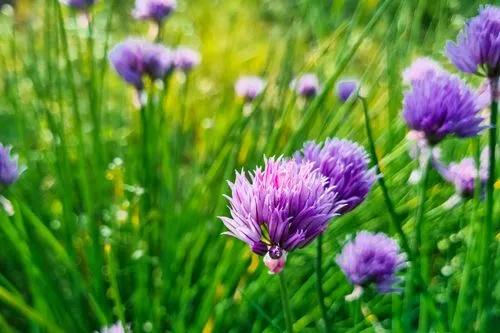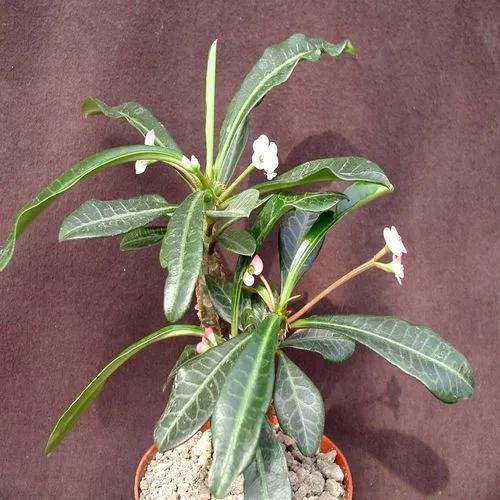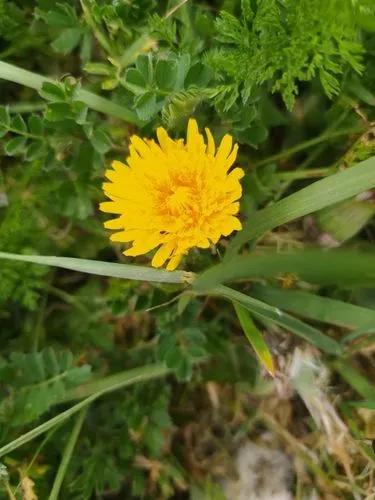Juncus capitatus is a species of rush known by the common names dwarf rush and leafybract dwarf rush. It is native to Europe, Asia and North Africa. It is also an introduced species in parts of North America such as California and the Gulf Coast. It grows in moist areas, such as wet sand, vernal pools, and ditches.
Dwarf Rush Care
Juncus capitatus



The dwarf rush is a small annual herb not exceeding ten centimeters in height. The stems are erect and thready, flat or somewhat corrugated. The leaves are basal and up to 3 or 4 centimeters long. The plant is green to red or brownish in color. Each stem bears an inflorescence of up to six clustered flowers. The pointed bracts at the base of the inflorescence are often over a centimeter long, longer the flower cluster itself, and are somewhat leaflike, giving the species its common name. Each flower has pointed outer tepals and thinner, shorter, oval-shaped inner tepals. There are three stamens. The fruit is a tiny oval-shaped capsule one to two millimeters long.An annual plant 5–15 cm tall. The box is shorter than the perianth. Perianth leaves yellow-green, pointed, inner shorter than outer. Stems from the base bundle-shaped. Leaves basal.
This plant is useful.
How to get rid of: Dig up the area thoroughly. This is not an easy job, because it is not enough just to dig up the ground - you also need to scrupulously select all the rhizomes from it.
Discover more plants with the list below
Popular articles






